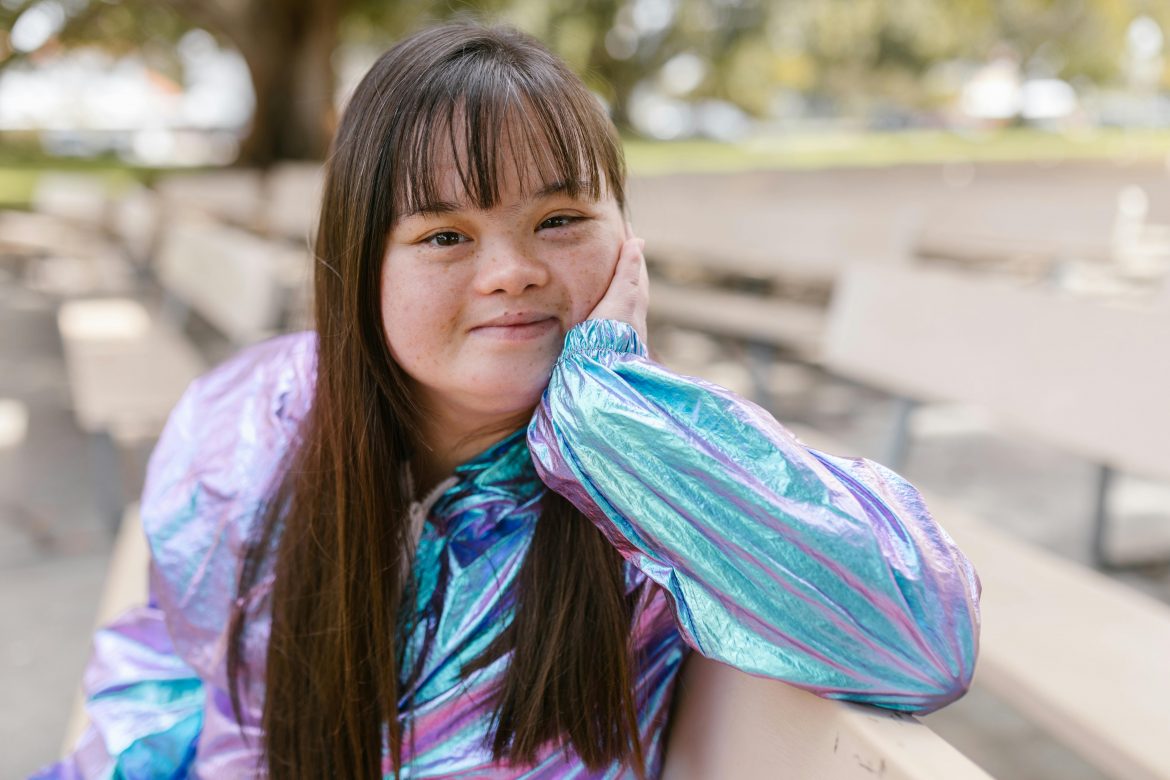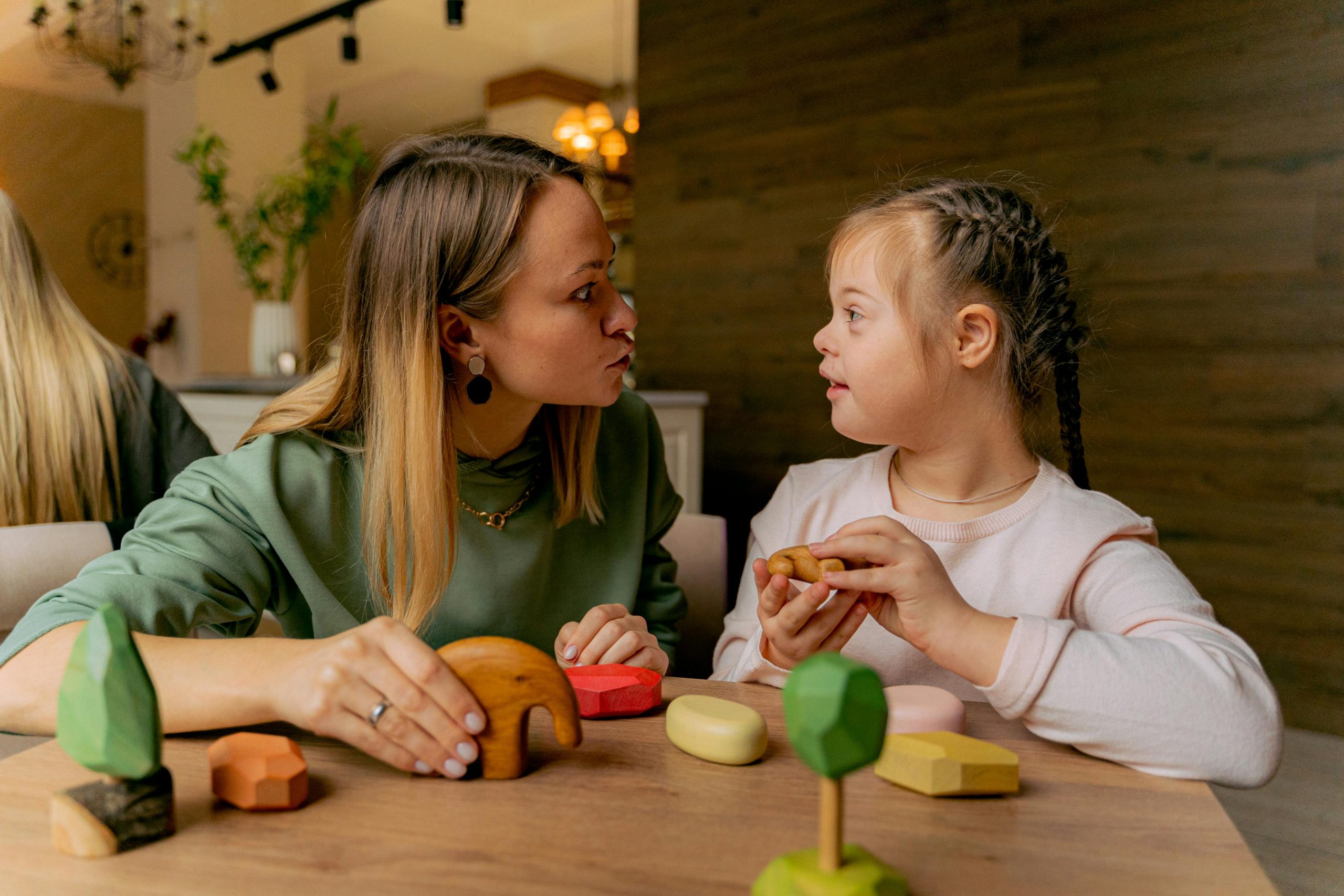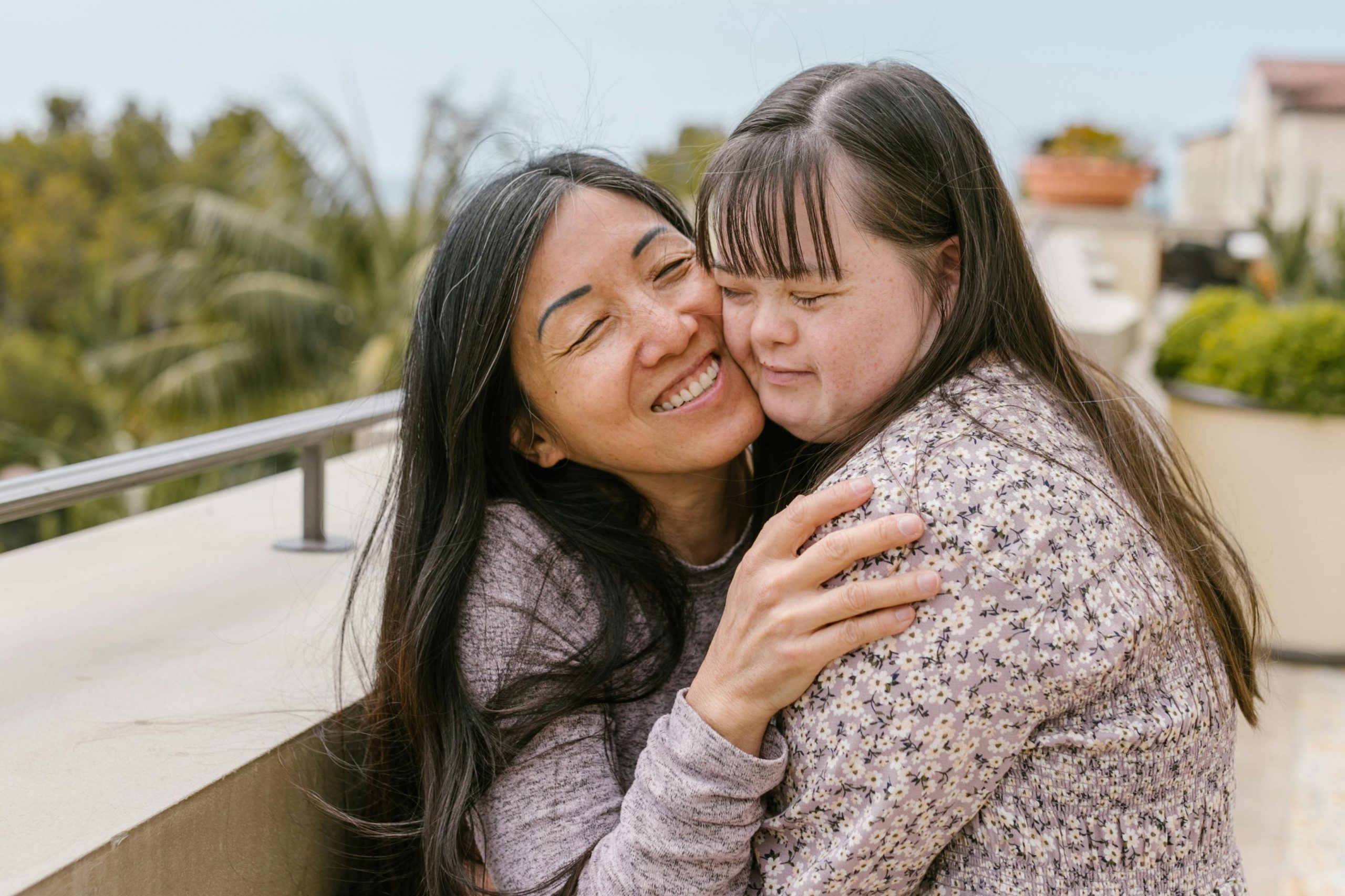
Disclaimer: This website provides health information for educational purposes only and is not a substitute for professional medical advice, diagnosis, or treatment. Always seek the guidance of a qualified healthcare provider with any questions you may have.
For many parents and caregivers, navigating a child’s developmental challenges can be overwhelming—especially when symptoms overlap between different conditions. One common question that arises is: Can a person have both Down syndrome and autism? The answer is yes. While they are distinct conditions, it is entirely possible for someone to be diagnosed with both.
In this article, we’ll explore the relationship between Down syndrome and autism, how common dual diagnoses are, what signs to watch for, and how to best support someone with both conditions.
What Is Down Syndrome?
Down syndrome is a genetic condition caused by the presence of an extra copy of chromosome 21 (trisomy 21). It affects physical development, cognitive abilities, and overall health.
Common features of Down syndrome include:
- Flattened facial features
- Almond-shaped eyes that slant upward
- Short stature and low muscle tone
- Delayed speech and language development
- Mild to moderate intellectual disability
According to the CDC, about 5,700 babies are born with Down syndrome every year in the United States.
What Is Autism?
Autism spectrum disorder (ASD) is a neurodevelopmental condition that affects communication, social interaction, and behavior. Autism varies widely in severity and symptoms, which is why it’s described as a “spectrum.”
Typical signs of autism may include:
- Difficulty with social interactions
- Repetitive behaviors or restricted interests
- Delayed language or nonverbal communication
- Sensory sensitivities
- Rigid routines or difficulty adapting to change
Autism is more common in boys than girls and affects about 1 in 31 children in the U.S., according to recent CDC estimates.
Can You Have Down Syndrome and Autism?

Yes. A person can be diagnosed with both Down syndrome and autism, though the co-occurrence is relatively rare. However, increased awareness and improved diagnostic tools have made it easier to identify when both conditions are present.
This dual diagnosis is sometimes referred to as “comorbid Down syndrome and autism” or DS-ASD.
How Common Is It to Have Both?
Research suggests that approximately 5% to 7% of individuals with Down syndrome also meet the criteria for autism spectrum disorder. However, this number may be underreported because the symptoms of autism can be mistakenly attributed solely to Down syndrome, especially in children with severe intellectual disabilities.
Why Is Diagnosis Challenging?
Diagnosing autism in someone with Down syndrome is complex. The two conditions can overlap in ways that make distinguishing autism vs down syndrome difficult, particularly in young children.
Challenges include:
- Delayed communication is typical in Down syndrome but may also indicate autism.
- Social withdrawal might be mistaken for shyness or low mood.
- Repetitive behaviors can appear in both conditions, but with different meanings.
Healthcare providers often hesitate to diagnose autism in a child who already has a developmental diagnosis. This delay can postpone access to essential therapies.
What Are the Signs of Autism in a Child With Down Syndrome?
While all children with Down syndrome develop at their own pace, some signs may indicate an additional autism diagnosis.
Red flags to watch for include:
- Lack of interest in social interactions (avoiding eye contact or not responding to their name)
- Repetitive movements like hand-flapping, rocking, or spinning
- Minimal use of gestures or pointing
- Limited pretend play or imaginative activities
- Extreme distress at changes in routine
- Unusual attachment to objects
- Intense focus on specific topics or items
If your child exhibits several of these behaviors consistently and they differ from typical Down syndrome development, it’s worth consulting a developmental pediatrician or specialist.
What Should Parents Do If They Suspect Both?
Early intervention is key. If you suspect your child may have both Down syndrome and autism, speak with your pediatrician. A referral to a developmental specialist can lead to a comprehensive evaluation.
Steps to take:
- Document behaviors that seem unusual or concerning.
- Schedule developmental assessments, such as speech, occupational, or behavioral evaluations.
- Seek a multidisciplinary team approach including neurologists, psychologists, and speech-language pathologists.
- Push for an autism-specific screening, even if your child already has a Down syndrome diagnosis.
Early diagnosis can open the door to therapies that improve communication, behavior, and quality of life.
How Is Treatment Different for Someone With Both?
Children and adults with DS-ASD benefit from a combination of services that target both cognitive and behavioral challenges.
Effective interventions may include:
- Speech therapy to support communication skills
- Applied Behavior Analysis (ABA) for behavior modification and skill-building
- Occupational therapy to improve motor and sensory integration
- Social skills training to help with peer interactions
- Parent training programs to guide family support at home
Each treatment plan should be highly individualized. What works for a child with just autism may need adjustments when Down syndrome is also present.
Will a Dual Diagnosis Affect Lifespan or Independence?
While both Down syndrome and autism come with developmental delays and health concerns, having both does not automatically mean a reduced life expectancy. Medical advances and supportive therapies have dramatically improved outcomes.
However, individuals with DS-ASD may face more pronounced challenges in achieving independence, especially in communication and social functioning. With the right support, many can learn life skills, participate in inclusive education, and enjoy fulfilling lives.
Are There Support Resources for Families?

Yes, several organizations provide support and information for families dealing with both diagnoses.
Helpful resources include:
- The National Down Syndrome Society (NDSS)
- Autism Speaks
- Global Down Syndrome Foundation
- Local early intervention programs
- Developmental disability advocacy groups
Connecting with other families through support groups—either in person or online—can be invaluable for emotional support, shared experiences, and navigating services.
Key Takeaways
- It is possible—and increasingly recognized—that a person can have both Down syndrome and autism.
- While the conditions overlap, careful observation and professional evaluations can distinguish the two.
- Early diagnosis leads to better outcomes through tailored therapies.
- A dual diagnosis can be challenging but also opens up pathways for more individualized and effective support.
Closing Thoughts
If you’re a parent, caregiver, or educator wondering whether a child with Down syndrome may also have autism, trust your instincts and seek guidance. Dual diagnoses may be complex, but they are manageable with the right resources and support. Understanding how the two conditions interact is the first step toward helping your child thrive.